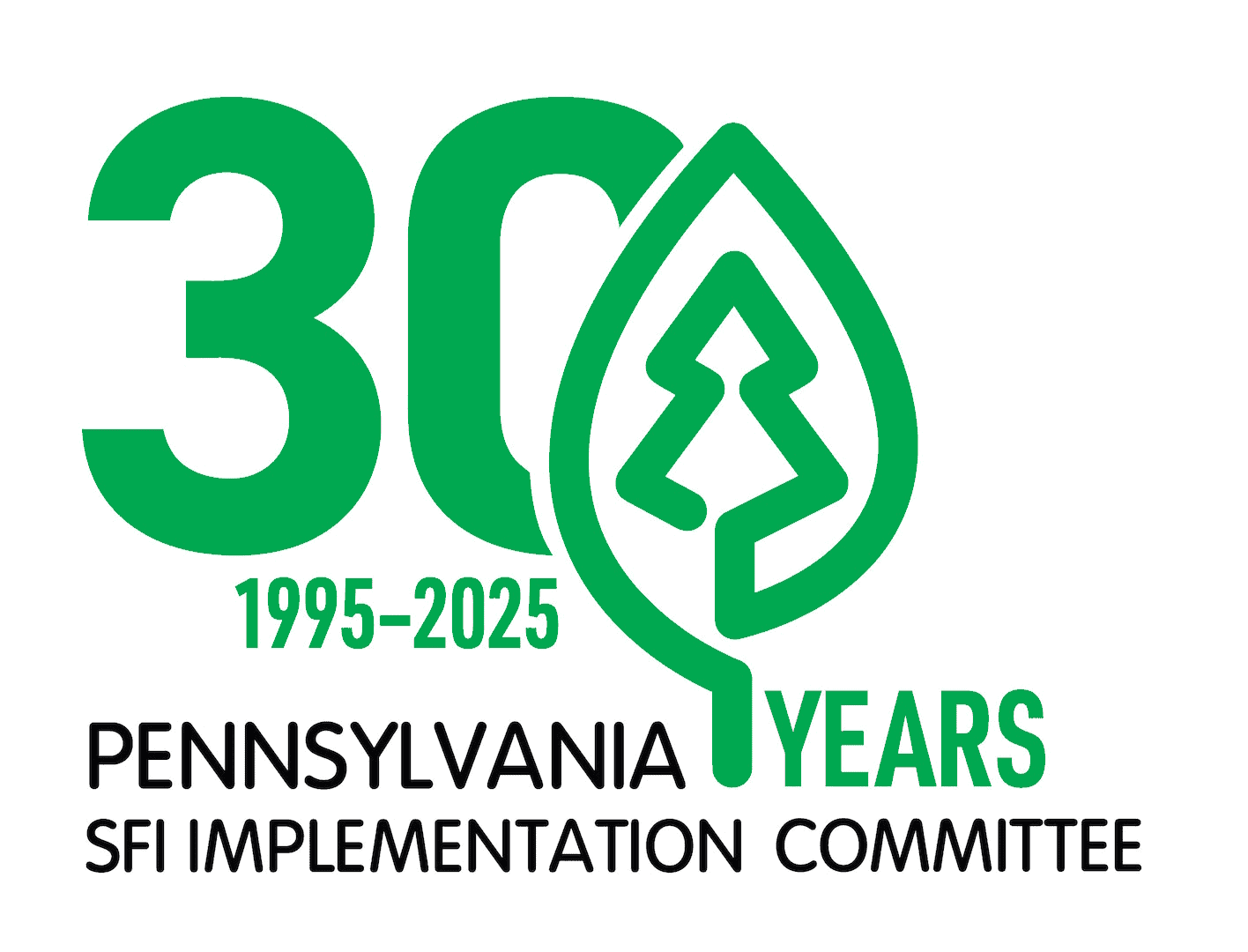
PLANNING >> FOREST MANAGEMENT PLANS
Sustainable forestry is a process. Think of it as the development and execution of a plan integrating all the principals, practices, and techniques necessary to properly care for the forest. Properly managing a forest ensures that it remains healthy and vigorous and provides the products and amenities that the landowner desires – and it all starts with a plan.
 Most people plan for the important things in life, such as choosing a career, buying a house, taking a trip, and retiring. Their plans consist of written and unwritten objectives, some of which are more specific than others. Planning helps people to focus their ideas so they can reach their goals sooner than they would without planning. As such, forest landowners should have a written plan that organizes what they value about their forest into a comprehensive strategy for maintaining or improving those values – a Forest Management Plan.
Most people plan for the important things in life, such as choosing a career, buying a house, taking a trip, and retiring. Their plans consist of written and unwritten objectives, some of which are more specific than others. Planning helps people to focus their ideas so they can reach their goals sooner than they would without planning. As such, forest landowners should have a written plan that organizes what they value about their forest into a comprehensive strategy for maintaining or improving those values – a Forest Management Plan.
A written forest management plan is a road map to responsible forestry. It is a guide that tells landowners what their resources are, what condition they are in, and what can be done to help maintain or improve what they value about their forest. It considers short- and long-term objectives; analyzes the capabilities, limitations, and unique features of the land, looks at how their forest fits into the surrounding landscape, and evaluates a wide range of the environmental and financial benefits and consequences of various activities. It has been proven that properly managed forests can grow twice as much timber. At the same time, a good plan will enhance other forest values, such as wildlife habitat, recreation, and aesthetic values.
Planning is not a single event, but a series of continuous steps leading to a desired goal. A plan can be as detailed (short-term recommendations) or as general (long-term recommendations) as a landowner desires. The first step is to identify what you value about your forests, assess your forest’s condition, and identify the management activities that will help maintain or improve those values. A forester or other forest resource professional can help in developing a management plan.
FINDING A FORESTER OR FOREST RESOURCE PROFESSIONAL
- Hiring a Forester [Webinar]
- Service foresters with the Pennsylvania DCNR Bureau of Forestry [What is a Service Forester? – video]
- Private consulting foresters
- Pennsylvania Game Commission biologists
- Industry foresters/resource professionals [contact our SFI-Certified Organizations, or SIC Partners & Supporters]
- Forest Landowner Assistance in Pennsylvania [Interactive Map]
ADDITIONAL RESOURCES:
- My Land Plan – Offers a unique and specialized set of tools to help you find, store and use material that is especially tailored to your needs and goals.
- Forest*A*Syst – a self-assessment guide, designed for a national audience, with the goals of helping new forest landowners articulate their objectives in a written management plan and foster a working relationship with a resource professional who can provide them with technical assistance.
- Forest Management Plans [Webinar]
- NRCS Conservation Activity Plan (CAP) – 106 Forest Management Plans
- Forestry With Confidence – A Guide for Woodland Owners
- Forest Stewardship: Planning Your Forest’s Future
- Pennsylvania Woodlands No1: Sources of Information for Woodland Owners
- Pennsylvania Woodlands No3: Resources Evaluation
- Pennsylvania Woodlands No9: Developing a Woodland Management Plan
- Pennsylvania SIC climate smart forestry resources
- Forest Adaptation Resources for Addressing Climate Change: Tools and Approaches for Land Managers
- Planning Resources for Small Woodlot Owners

